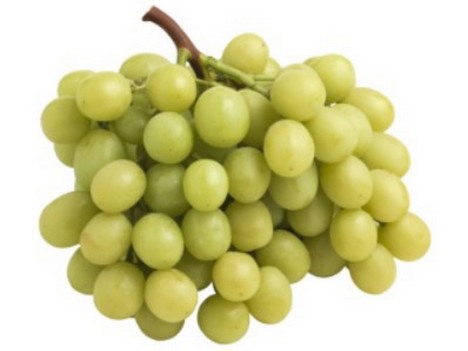 This Oct 13 through 15 October, Sun World International will be offering a unique tasting station of its Autumncrisp(r) grapes under the brand name at one of America’s most major food and wine festivals, The Food Network New York City Wine and Food Festival hosted by Capital One (NYCWFF).
This Oct 13 through 15 October, Sun World International will be offering a unique tasting station of its Autumncrisp(r) grapes under the brand name at one of America’s most major food and wine festivals, The Food Network New York City Wine and Food Festival hosted by Capital One (NYCWFF).
The annual culinary event that occurs every weekend in America’s capital of food has more than 80 happenings and 500 chefs from across the world, hosting and hosting a wide range of seminars, tastings private dinners and even evening gatherings.
As part of the promotion, Sun World will host an onsite tasting area at NYWFF’s Saturday Grand Tasting event on Hudson River Park’s Pier 76. Between Friday and the Sunday of this week, Sun World expects to taste Autumncrisp Grapes of the brand in more than 15,000 of those attending the tasting.
The Autumncrisp booth is anticipated to make a splash in the crowd of exhibitors with a fresh blast of juicy Autumncrisp brand-name green grapes, which will attract people to the stand. This Autumncrisp street team, clad in Autumncrisp color schemes from shoes to shirts will not only share a few the samples but also interact with attendees at the show to discuss the grapes, solicit feedback from guests and provide the opportunity for social sharing.
A global campaign
The month of August was when Sun World announced their plans to launch their Autumncrisp label as their world’s first labeled table grapes that are available throughout the year and a worldwide consumer advertising campaign that aims to increase attention and a trial of the huge, crisp and sour red grapes.
The campaign will include a strong digital marketing targeted towards the brands’ target customers, in-store marketing, sample and media outreach, as well as collaborations with food-related influencers, and social media marketing.
Jennifer Sanchez, Sun World’s Vice President of Marketing “Tasting is a way to be convinced, and that is why we’re offering samples in large-scale food events in our efforts to reach out. It’s hard to think of any better event for us to launch our brand and encourage word-of-mouth marketing over the world-renowned New York City Wine and Food Festival. Although it’s commonplace to take a cue the words of Sinatra and claim that if you’re capable of making it to New York, you’re able to do it everywhere and there’s actually plenty of truth in this! We’re excited to share our story with customers and share the joy they feel. We are also grateful to Dayka & Hackett for supplying hundreds of tasty Autumncrisp grapes to taste,” Sanchez concluded.
 For additional information, click here:
For additional information, click here:
Jennifer Sanchez
Sun World International, LLC
Email: marketing@sun-world.com
www.sun-world.com
